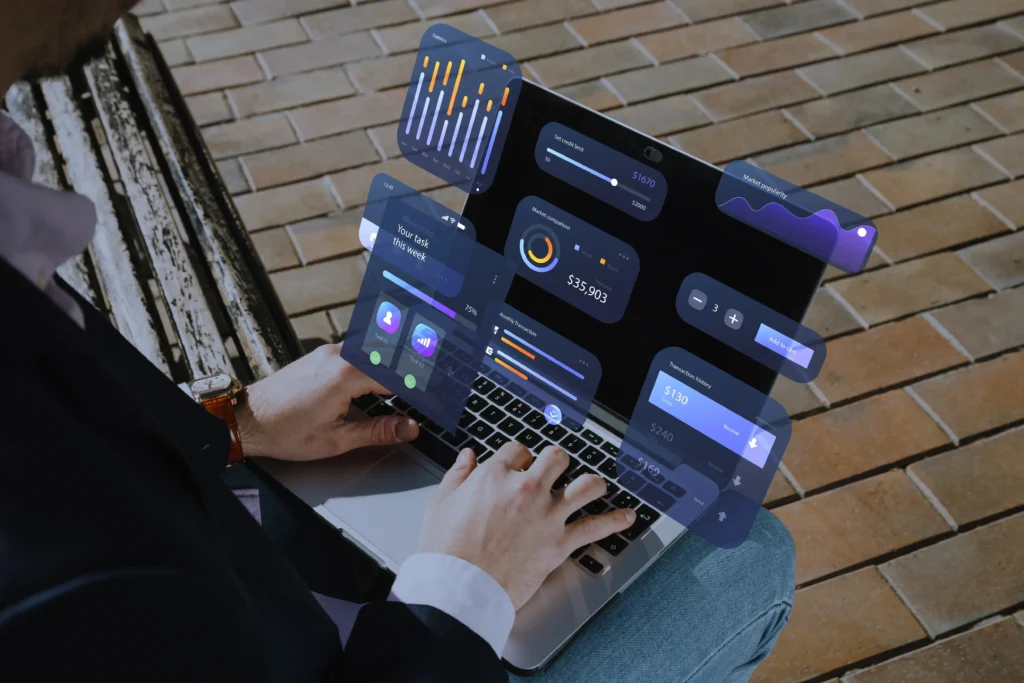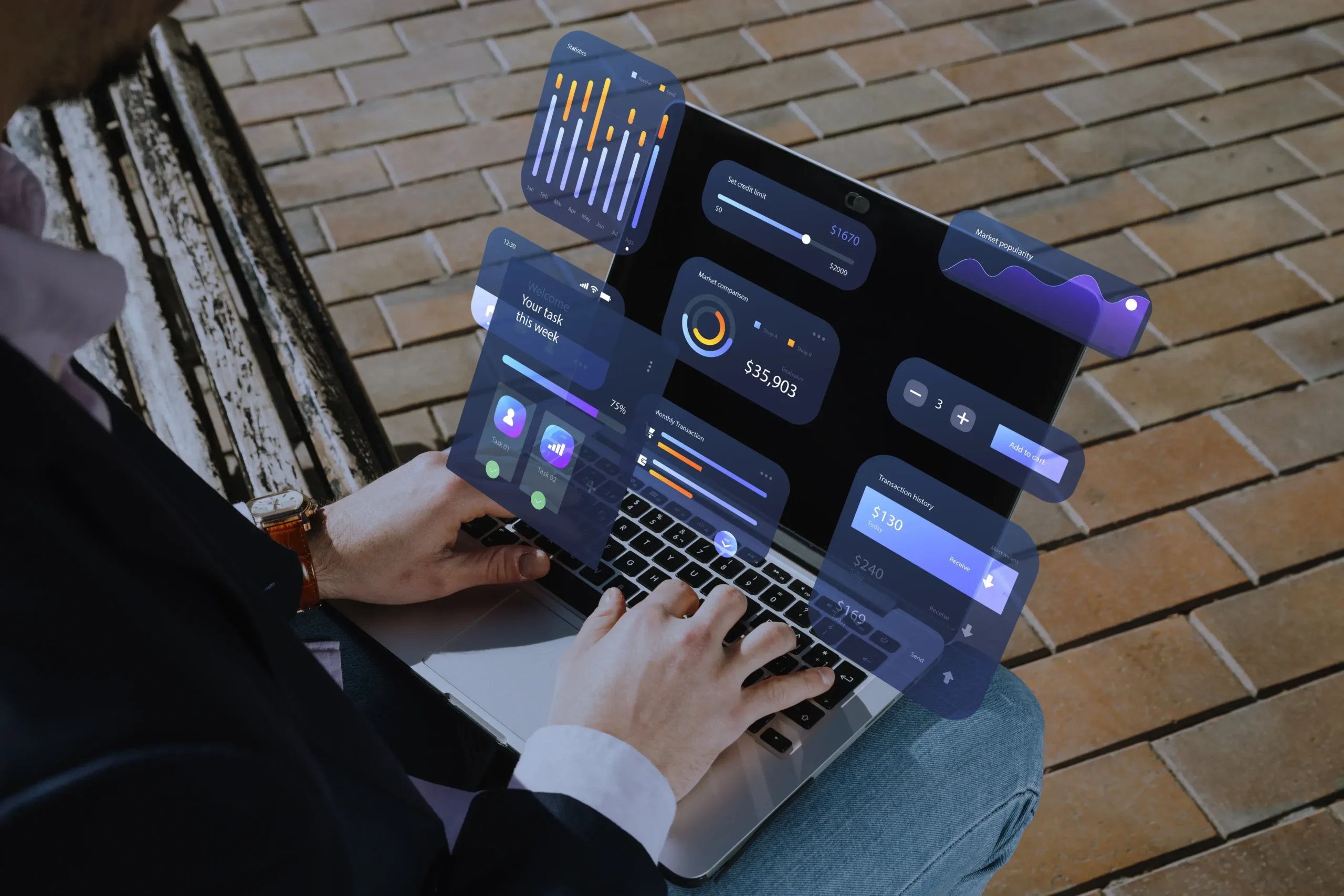Kick Start a Data Science Career with Python

Data science is one of the hottest and most exciting fields of the modern world. Data science is a way of understanding patterns and trends by analyzing data to find problems and provide solutions or make decisions. Data science can be applied in several domains, such as business, health, education, sports, etc.
Python, thanks to its versatility and its comprehensive ecosystem of libraries, has become the de facto standard for data scientists around the world. But, How to become a data scientist? What should one learn to become a data scientist? In this blog post, you will learn how to start with data science and Python, one of the most loved programming languages for data analysis, but also for generative and interactive art, among the plethora of creative uses.
Understanding Data Science
At its broadest, data science is concerned with the combination of domain knowledge, statistical and machine-learning techniques, programming thought, and practice to do things such as establish hypotheses, gather data, clean data, build models, analyze data, interpret outcomes, visualize results, and Disseminate insights.
Key Concepts in Data Science
Data Collection: Data can come from a multitude of sources, including databases, APIs, web scraping, sensors, etc. Python comes with a handful of libraries that can help with web scraping such as requests and BeautifulSoup, with frameworks such as Scrapy that were developed specifically for web scraping and with structured packages such as pandas.
Data cleaning and preprocessing: Data is typically messy and often contains misclassifications, errors, or missing values. It must be standardized, duplicate entries removed and missing data handled before it can be analyzed.
Exploratory Data Analysis: This closely related field usually has a specific purpose – answering a specific question about the data, based on certain assumptions about the data. Many EDA methods involve looking at the data visually within spreadsheets – using plots, histograms, heatmaps, charts, and more.
Statistical Inference: Statistical methods help data scientists understand the deep fundamentals of the data to make inferences.
Machine learning: These are algorithms that allow computers to learn from data and make predictions or decisions without being explicitly programmed. Python comes with a sci-kit-learn library, which has a large variety of machine-learning models, including several models for classification and regression, as well as clustering and dimensionality reduction
Why use Python for Data Science?
Python is a general-purpose, high-level language that supports multiple paradigms such as object-oriented, functional, and procedural. Python is intuitive, which makes it very readable and expressive. Python possesses a collection of libraries and frameworks that allow for data science tasks such as data wrangling, exploring, visualizing, machine learning, natural language processing, web scraping, and other tasks.
Some of the advantages of using Python for data science are:
- It is easy to learn and use, especially for beginners and non-programmers.
- It works with all kinds of data and problems, but you can tailor it to your specific needs – that is, it is flexible.
- It’s open source and community-supported, so there’s access to and contribution from an enormous and diverse community of resources and plugins.
- It’s popular and widely accepted, meaning that there are tons of tutorials, courses, books, and blogs that teach you Python for data science and there are numerous platforms where you can find help and post queries, all free of cost.
What are the essential Python libraries for data science?
Python libraries: Python libraries are packages of modules that offer particular functionalities and features. There are hundreds of Python libraries for data science. Examples of essential libraries (that are used in almost every data science project) are: - NumPy: It’s Numerical Python, the foundation of scientific computing in the Python language, and provides a fast multidimensional array object as well as a host of tools for manipulating numerical data: linear algebra, random number generation, and Fourier transform.
- Pandas: Pandas is indeed a library for data manipulation and analysis in Python – specifically Python Data Analysis Library. Pandas is the missing tool for anyone new to working with data and is by far the most popular library for working with data frames in Python. It provides a powerful, elegant, and intuitive data structure referred to as a data frame (which can be thought of as a fancy spreadsheet or a table, or a two-dimensional data structure with rows and columns). Pandas also offers multiple features for querying, exploring, and analyzing data, such as indexing, slicing, filtering, grouping, merging, pivoting, reshaping, aggregation, cleansing, and abstraction of underlying memory management.
- Matplotlib: It is used for creating data visualization in Python. It provides a low-level and flexible interface for creating and customizing various types of plots and charts, such as line, bar, pie, scatter, histogram, and more. Matplotlib also supports interactive and animated graphics, as well as integration with other libraries and frameworks, such as Pandas, Seaborn, and Plotly.
- Scikit-learn: Scikit-learn is the most popular library for machine learning in Python. It provides a comprehensive and consistent set of algorithms and tools for supervised and unsupervised learning, such as classification, regression, clustering, dimensionality reduction, feature extraction, and model selection. Scikit-learn also integrates well with other libraries, such as NumPy, Pandas, and Matplotlib, and follows a simple and uniform API for building and evaluating machine learning models.
- NLTK: NLTK stands for Natural Language Toolkit and is the most widely used library for natural language processing (NLP) in Python. NLP is the field of data science that deals with analyzing and generating text and speech data, such as sentiment analysis, text summarization, machine translation, and speech recognition. NLTK provides a rich and diverse set of resources and tools for NLP, such as corpora, tokenizers, stemmers, lemmatizers, parsers, taggers, and classifiers.
Conclusion
In this introductory guide, we’ve explored the key concepts and tools essential for starting your journey into data science with Python. By mastering these fundamentals and leveraging the rich ecosystem of Python libraries, you’ll be well-equipped to tackle real-world data challenges and uncover valuable insights from data. Irrespective of your experience, Python’s versatility and ease of use make it an ideal choice for data science projects of all sizes. So, dive into Python, and embark on your exciting data science adventure!
Why Asquare Technologies?
✅ISO 9001:2015 Certified
✅Affiliated To SKILL INDIA (NSDC)
✅Training By Experienced Professionals
✅Live Interactive Sessions
✅Mentorship for soft skills improvement
✅100% Placement Assistance
✅Project work and Review from Experts
✅Mock Interview program from Industry Experts
✅Internship Program for Live Project Experience
Certifications :
1. NSDC Certificate after Successful completion of Training
2. Completion Certificate from Asquare Technologies.
3. Internship Completion Certificate.








